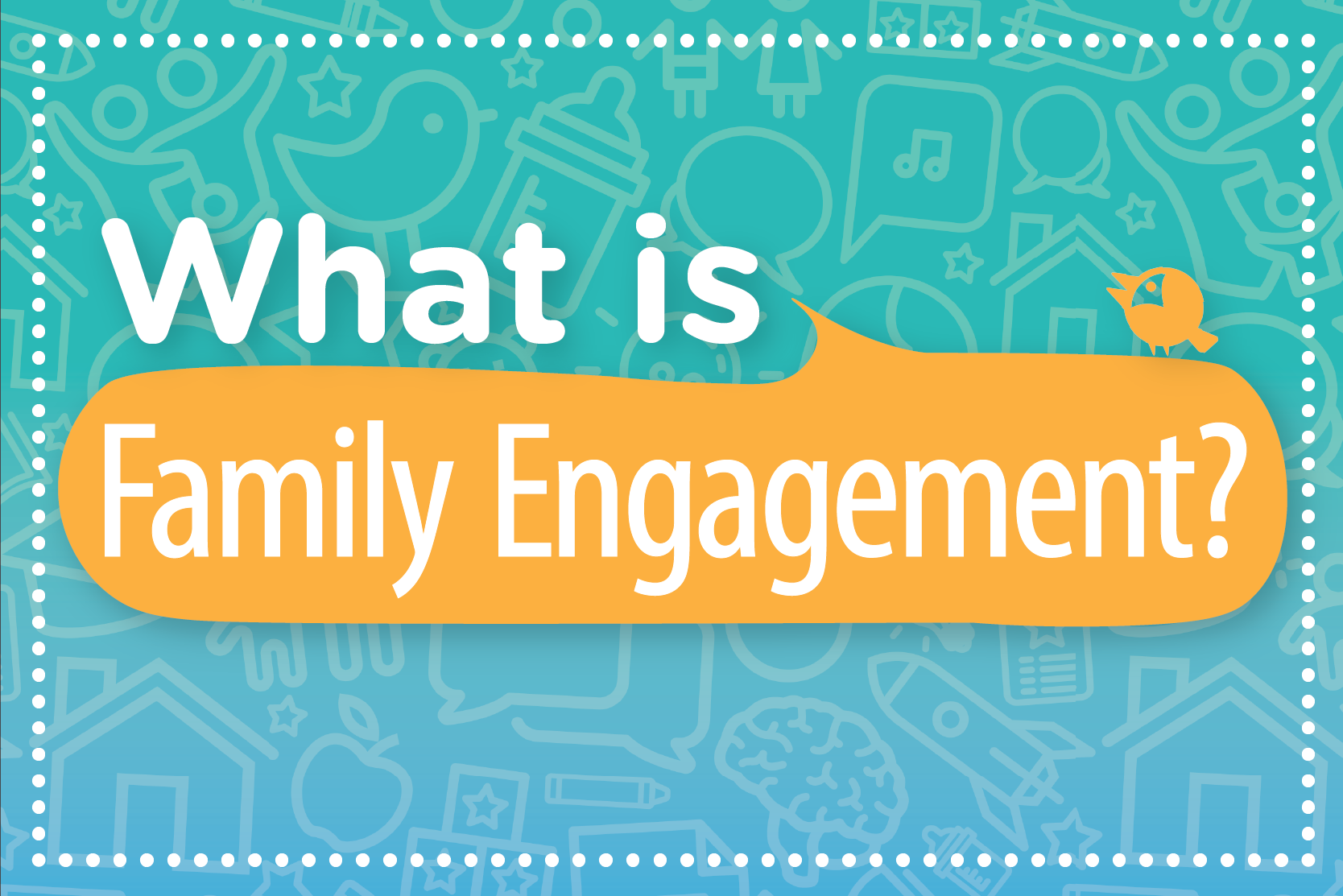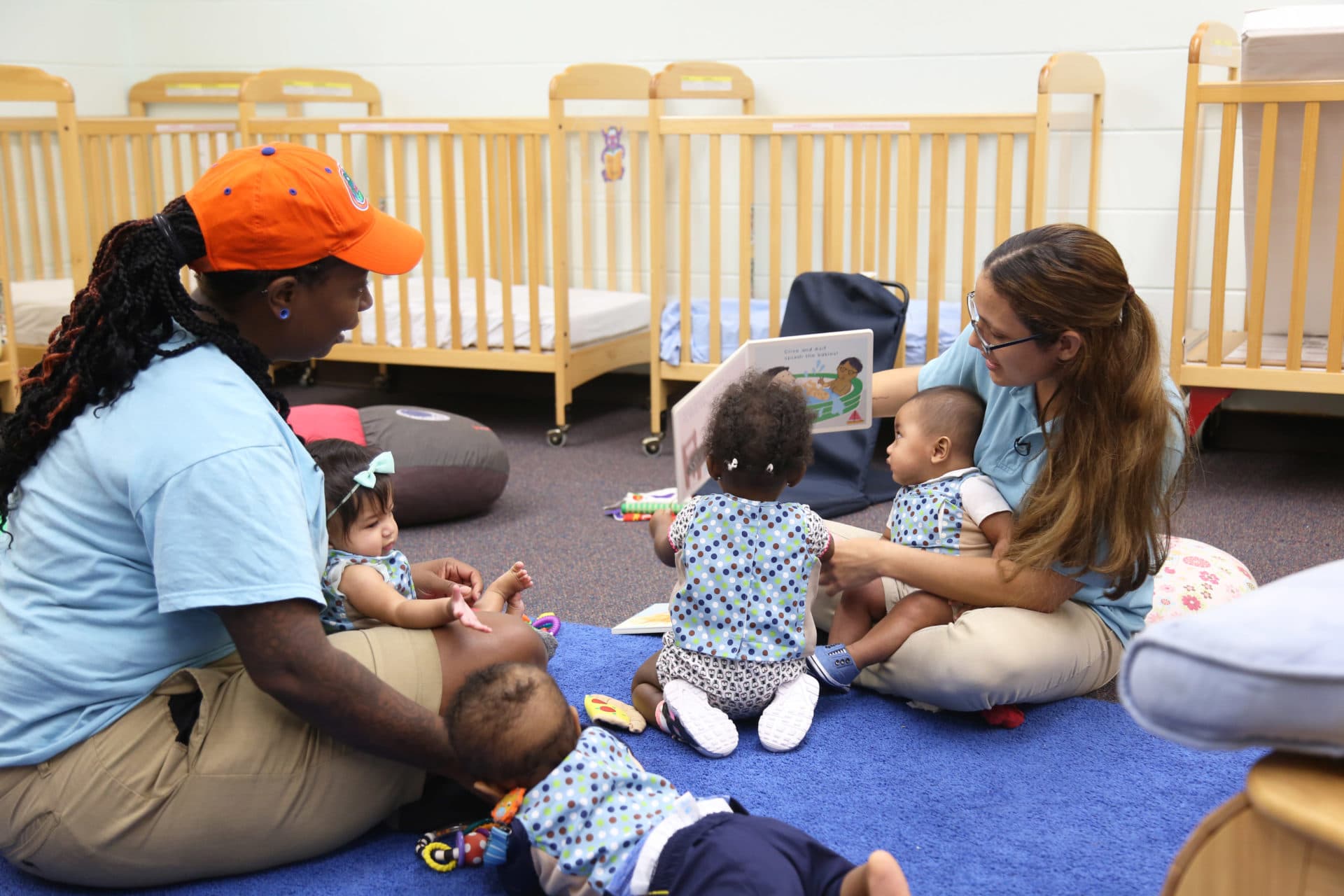During a recent webinar, we spoke with Dr. Jim Duggan, assistant superintendent at Bourbonnais School District 53 in Illinois, about his district’s vision for school readiness. Here, he’s answered questions sent in by listeners during the webinar about using LENA programs in schools, why school districts should prioritize early childhood, and how to prepare children to transition to kindergarten.
we spoke with Dr. Jim Duggan, assistant superintendent at Bourbonnais School District 53 in Illinois, about his district’s vision for school readiness. Here, he’s answered questions sent in by listeners during the webinar about using LENA programs in schools, why school districts should prioritize early childhood, and how to prepare children to transition to kindergarten.
How can LENA programs be an asset to a school district?
LENA provides a data-driven model to monitor and drive readiness for our families. Districts without a tool for measuring early talk are basically crossing their fingers and hoping that their children come to school ready. These districts then use data to drive remediation, after a significant portion of children’s cognitive development has already occurred. Wouldn’t it make more sense to use data collection at 15 to 21 months, when children typically make a huge leap in development? LENA helps connect brain research with the data-driven decision processes that school districts aspire to.
Why should K-12 education leaders prioritize early childhood education?
School districts are very good at getting a year’s growth in a year. The nearby Chicago Public Schools are often derided in the press, but in reality they are very good at getting one year’s growth in a year — better, in fact, than some of their neighboring districts. Unfortunately, due to a lack of readiness, their outcomes do not look so good. The answer is starting earlier, well before kindergarten in fact. The long term studies on the effects of strong early childhood programs are powerful.
What are effective messages for people or organizations that want to advocate to their superintendents, state superintendents, or legislators on creating birth to three initiatives?
I would start with the long-term studies such as the Carolina Abecedarian Project and the Perry Preschool Project. Unfortunately, everyone is busy, so it is hard to get enough time to walk a school leader through all of this. If you just have a few minutes, and need more of an elevator pitch, I would ask them why we tend to spend more money on children as they grow older in our school systems, when a significant amount of brain development occurs by age five. Or ask them, “Why not require education from birth to age seven, when all the growth occurs, and then make it optional after that?” This might sound crazy, but it could spark the conversation that needs to happen.
Missed the live webinar with Dr. Duggan? Watch the recording any time!
What advice do you have for parents and teachers on how to engage with toddlers and prepare them to transition to kindergarten?
I have used the analogy of a clothes closet to talk about the preparation for or transition to kindergarten. Adults need to think of language as being like hangers in the closet. You want to make sure your child has as many hangers in their closet as possible. Without hangers there is nothing to hang the new knowledge on. I think this is what we see when kids are struggling. If you’re able to provide a rich language environment that is free of stress and trauma, your child has a very good chance.
In your experience, how have LENA programs impacted English language learners?
I think the beauty of the LENA technology is that it is language agnostic. A word is a word in a sense. I had one of our parents from our bilingual parent group come to me and express how appreciative she was for the access to the LENA program. She said it was eye opening. Open-ended questions and curiosity cut across all languages and cultures. Perhaps the bigger challenge is finding parent educators from different language groups who can make the connection and communicate effectively with all of our families. We really need to think about how we can build this capacity as we proceed with the program in Bourbonnais.
What advice would you give to another school district considering ways to increase support for infants and toddlers?
You need to make sure it is not an afterthought or add-on. It has to be front and center in terms of your district planning process. I also think that you need to think more broadly than you typically do in K-12. The birth to five system is multifaceted, and you have to be careful not to harm the system that you are trying to support. A school district is just a part of the puzzle, and can be an option for a family, but there needs to be many options and layers of support. School districts can play a big role and facilitate collaboration, communication and professional development to build out the system, but cannot go it alone.






